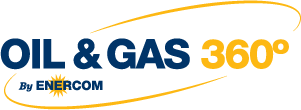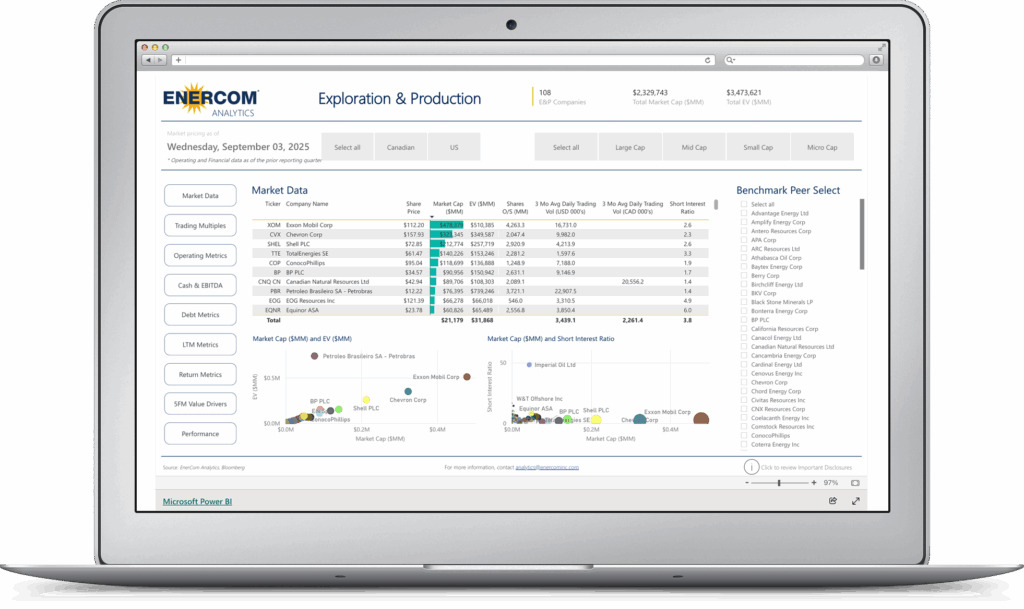Forecasts up 0.8 MMBOE to 45.5 MMBOE
SM Energy (ticker: SM) released second quarter results today, showing a net loss of $119.9 million, or ($1.08) per diluted share. After adjusting for derivatives and other special charges, SM reports an adjusted net loss of $35.5 million.
SM produced 11.3 MMBOE in Q2 2017, which is 7% higher than Q2 2016 production, after adjusting for A&D. This growth was primarily driven by the Eagle Ford, where SM’s retained assets are producing 10% more than in Q2 2016. These strong results have led SM to increase its full-year 2017 production guidance by 0.8 MMBOE to a midpoint of 45.5 MMBOE.
SM owns 89,000 net acres in the Midland basin, where the company is operating 7 horizontal rigs. The company’s Howard County wells are significantly outperforming acquisition assumptions, which is confirmed by the Viper 14-9’s IP 24 of 1,316 BOEPD, which is 91% oil. SM plans to drill about 100 Midland wells and complete around 75 in 2017.

In the Eagle Ford, SM reports that it is doing more and spending less. The company is drilling longer laterals than in years before, at a faster pace than ever. This has been achieved while the drilling cost per foot continues to decrease, as SM reports that it is now spending less than $200/ft for the first time in the Eagle Ford.
The company continues to optimize its Eagle Ford operations, changing both completion design and well spacing. SM reports that it is now pumping an average of more than 2,225 pounds of sand per lateral foot in completions, and stage and cluster spacing continues to tighten. Recent wells have been downspaced to 625 feet, from 900 feet, and continue to outperform the old 900 foot spacing type curve.
SM President and CEO Jay Ottoson commented on this quarter’s results, saying “Our team continues to meet or exceed our operational objectives year-to-date. Our relentless pursuit of improved well performance and detailed approach to cost management have delivered high levels of efficiency in our capital investment program. As a result, year-to-date we have generated more production than we expected with less capital investment than we planned, and we are further increasing 2017 production guidance to reflect our projections for continued outperformance.”
SM will be a presenting company at the upcoming EnerCom conference in Denver, Colorado—The Oil & Gas Conference® 22.
The conference is EnerCom’s 22nd Denver-based oil and gas focused investor conference, bringing together publicly traded E&Ps and oilfield service and technology companies with institutional investors. The conference will be at the Denver Downtown Westin Hotel, August 13-17, 2017. To register for The Oil & Gas Conference® 22 please visit the conference website.
Q&A from SM Q2 conference call
Q: At this point, it does seem like a lot of your acreage in Howard County has been de-risked for the A bench, but do you have an update on, I guess how much has been de-risked for the Lower Spraberry and B bench at this point. And I know guys do have a lot of completions in the back half of this year, so is there an estimate of maybe how much of your acreage well have been tested and potentially de-risked for the Lower Spraberry and B bench by the end of this year?
Herbert S. Vogel: Yes. Chris, this is Herb. So, I’m going to just point you to those maps we showed in January with the sweet spots and then say that, while we’re de-risking the Lower Spraberry and Wolfcamp B, we also have a lot of offset operators who are also de-risking around us. So, you kind of combine those in there and we had clearly where we had to mark kind of the end of sweet spots in the Lower Spraberry or Wolfcamp B and we’re just pushing the boundaries where it makes sense.
In a lot of cases, we’re doing pads where we do Lower Spraberry and Wolfcamp A and a Wolfcamp B well, and what we are doing is just in a logical way, we’re running through our program, which takes into account acreage holding, what other operators are doing, and our data gathering plans. So, for example, we get core in a location, that tells us something before we go drill another Lower Spraberry or Wolfcamp B well, for we know specific target interval to focus on, the specific footage from the logs.
So, it’s an integrated approach, and we’re doing it to really maximize returns, long run and inventory, so that’s really how it’s set up, and I hope that makes sense.
Q: I just want to just give you a chance to step back. You laid out the three-year plan in February. And I know we talked a little bit about this in June, but how do you see the three-year plan today versus what you thought in February? Obviously, prices moved a little bit on you, but can you just talk about stepping back big picture where you think you’re at and what that looks like over the next couple of years?
Javan D. Ottoson: Sure. Yes, I’ll say, I don’t think our plan has changed. Our view is that we’re on a big growth ramp, cash flow is growing. And I know the script has moved, but frankly by the time we get to 2018 prices, maybe exactly the same as we projected back in February. There has been – it’s moved a lot, it’s going to move again. The things that have changed that are all positive for us, very much better well performance than we expect.
Our costs are right, essentially right where we expected them to be as you weigh in the efficiencies we gained, so really kind of a trade-off there. Our field operations are going extremely well and we’re getting stuff done, we’re drilling faster, we’re going to be able to do this stuff with less equipment in the field than we thought.
So when I look at it, we’re ahead of the pace we expected to be. We’ve raised production guidance multiple times this year, and we just raised it again. We’re going to get much, much oilier in the second half, and you’re going to start to see this big ramp in oil production and cash flows that we’ve expected.
So in anything, I think the future looks bright of course than it did six months ago. I understand all the uncertainty and stuff about the macro and I get that, but if you just look at facts on the ground as opposed to look at our program versus what we said the program was going to be, everything has been moving in our favor. And so I guess from that standpoint and we feel very confident about where we’re at right now.

